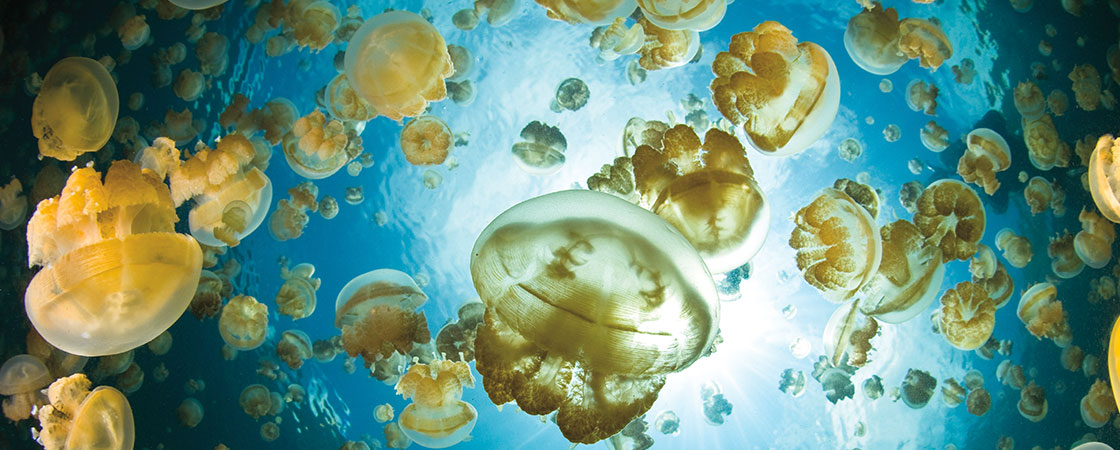Deadly sea creatures are taking over.
In the Philippines, they jammed the pipes of a power plant. This caused millions of people to lose electricity. In Australia, they stopped a U.S. Navy ship. The ship was built to fight mighty battles—but it was no match for these scary beasts. And near Ireland, the creatures went after a group of salmon. When the attack was finished, 100,000 fish were dead.
What are these terrifying monsters? A gang of great white sharks? An army of angry killer whales? Nope. These fearsome creatures are . . . jellyfish.
Deadly sea creatures are taking over. In the Philippines, they jammed the pipes of a power station. This caused millions of people to lose electricity. In Australia, they stopped a U.S. Navy ship. The ship was built to fight large battles. But it was no match for these scary animals. And near Ireland, the creatures went after a group of salmon. The attack killed 100,000 fish.
What are these terrifying monsters? A gang of great white sharks? An army of angry killer whales? Nope. These boneless bags of goo are causing problems across the planet.
These fearsome animals are
. . . jellyfish.
Deadly sea creatures are taking over.
They caused millions of people to lose electricity. They killed thousands of salmon during one attack.
What are these scary monsters? Great white sharks? Angry killer whales? Nope. These creatures are . . . jellyfish.

